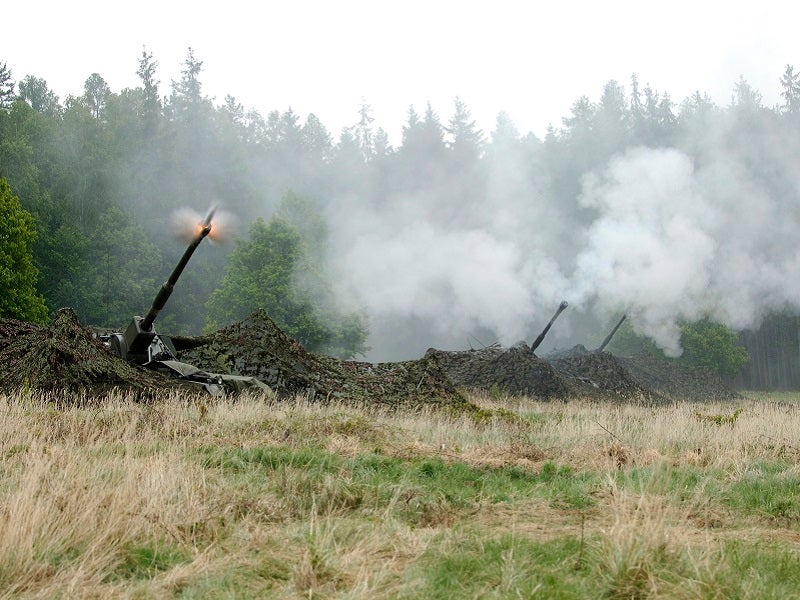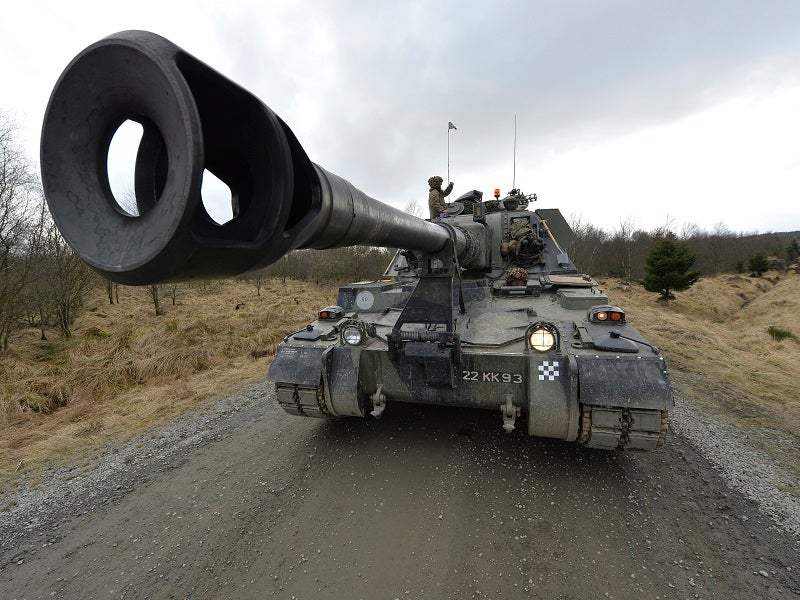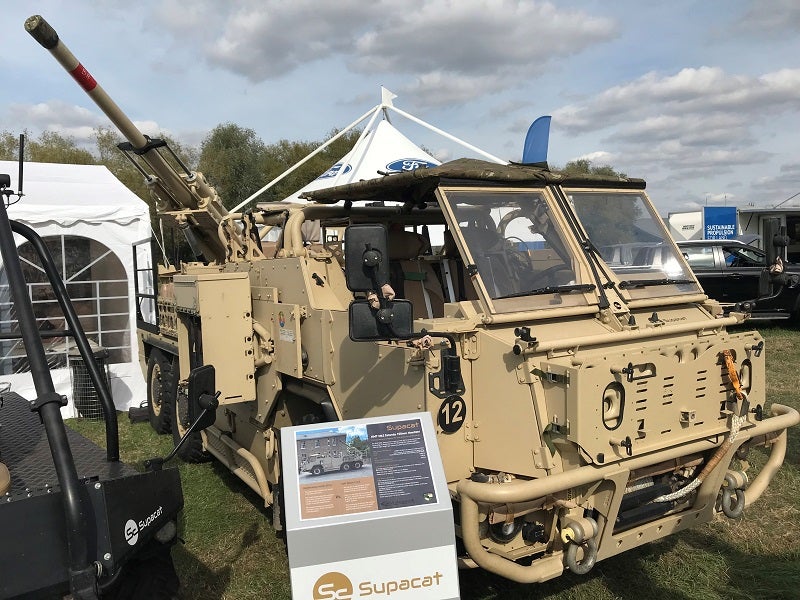
A senior British Army official has called for the force to be “more lethal” in future, as lessons being learned from the ongoing Ukraine-Russia war and the renewed emphasis on long-range fires looks to shape acquisition and doctrine for years to come.
The use by Ukraine of long-range fires, including artillery and guided rockets from systems such as the US-supplied M142 High Mobility Artillery Rocket System and M777 155mm howitzers, when combined with accurate battlefield intelligence, has provided a decisive effect on the battlefield. Through the supply of such systems, able to engage Russian forces at long range, Ukraine has turned the tide in the eight-month-long war.
Not content with the supply of military equipment to Ukraine, NATO countries are also taking onboard the experiences of Ukrainian forces so far, which have presented an opportunity to explore the efficacy of western platforms against a persistent rival in Moscow.
Speaking at the recent DVD 2022 event at UATC Millbrook, Lieutenant General Sharon Nesmith, Deputy Chief of the General Staff, called for a British Army that was “more lethal” with an enhanced ability to provide “decisive effect at reach”.
In addition, Nesmith said that the future British Army must be “more agile” and return to its roots as an expeditionary force, engaged in NATO’s flanks, as well as Africa, the Middle East and Indo-Pacific. Despite the intention to engage overseas, the British Army would not see a return to a “geographically-fixed” force, as was seen during the years of the Cold War.
To this end, a number of procurement programmes are known to be underway or being drawn up, which will see the retirement of the British Army’s AS90 self-propelled 155mm howitzer, which entered service in the early 1990s and is now showing its age compared to more modern competitors.
Although competition to the AS90 is still at its early stages, with an RfP expected to emerge from the UK Ministry of Defence in Q2/3 next year, international offerings such as the South Korean K9 Thunder, present at DVD 2022, expected to be among the contenders.

It also emerged at the event that the UK is looking to double its M270 Multiple Launch Rocket System fleet in a bid to increase the quantity and quality of the British Army’s long-range fires capability, with aspiration for an uplift in vehicle numbers of up to 100% of the current 40-strong force, and is also seeking munitions that could be fired at ranges of up to 150km.
Meanwhile, the UK is also looking to partner with US and Australian efforts to develop land effect munitions that have a range of up to 500km, a capability that would potentially alter contemporary concepts of operations, bringing land-based fires onto a similar strategic plane as air-launched effectors.
With the long-range fires of the AS90 replacement and M270 recapitalisation planned or underway, attention could turn to other medium-range systems in service, including the L118 105mm light gun. At present, the artillery system is drawn by the ageing Pinzgauer utility vehicle, a combination that lacks the ability to ‘shoot-and-scoot’, thus avoiding counter-battery fire.
One solution showcased at DVD 2022 was presented by Supacat, which had installed a 105mm light gun onto an HMT 600 6×6, a vehicle already in service with the British Army, fitted with soft recoil technology. Serving personnel were overheard to comment positively about the benefits such a combination would have over the current towed configuration.

While there is no formal programme yet to see the British Army’s 105mm integrated with a platform to create a mobile mid-range fires system, the fact that both capabilities are in service could drive down risks and costs should the need for such a capability be determined.
Efforts by the UK to update its old, even obsolete, mobile fires fleets saw an upturn in the 2021 Defence Command Paper (DCP), a defence acquisition and strategy addition to the wider Integrated Review. Inside, the DCP outlined the importance that longer ranged artillery would have, describing its ability to deliver “a more precise and lethal response and attack potential adversaries at greater depth”.
To aid this effort, the DCP planned to invest over £250m over ten years in the guided MLRS capability, a prolonged sustainment effort as part of the wider fleet increased and renewal, while also spending over £800m over the next decade on a new Automated Mobile Fires platform to replace the in-service AS90 system.








